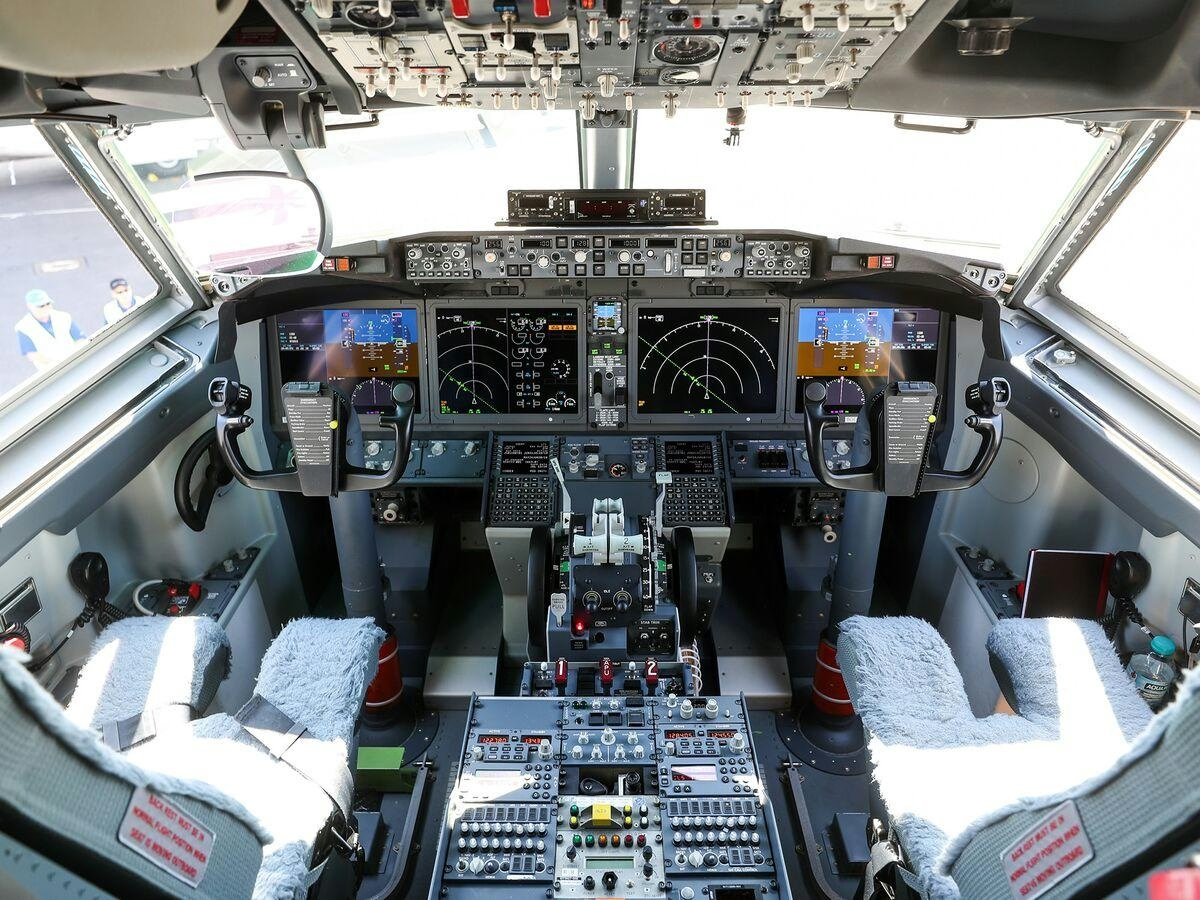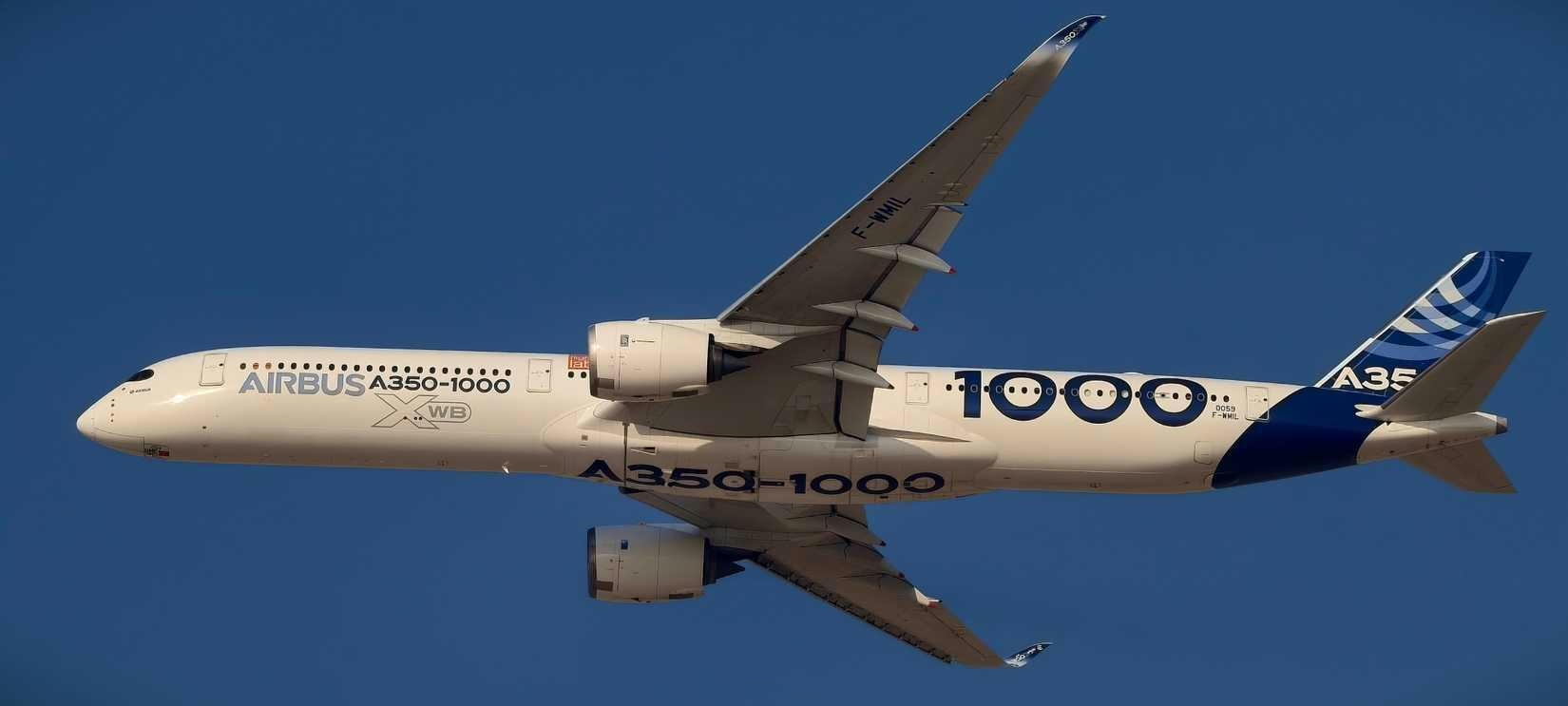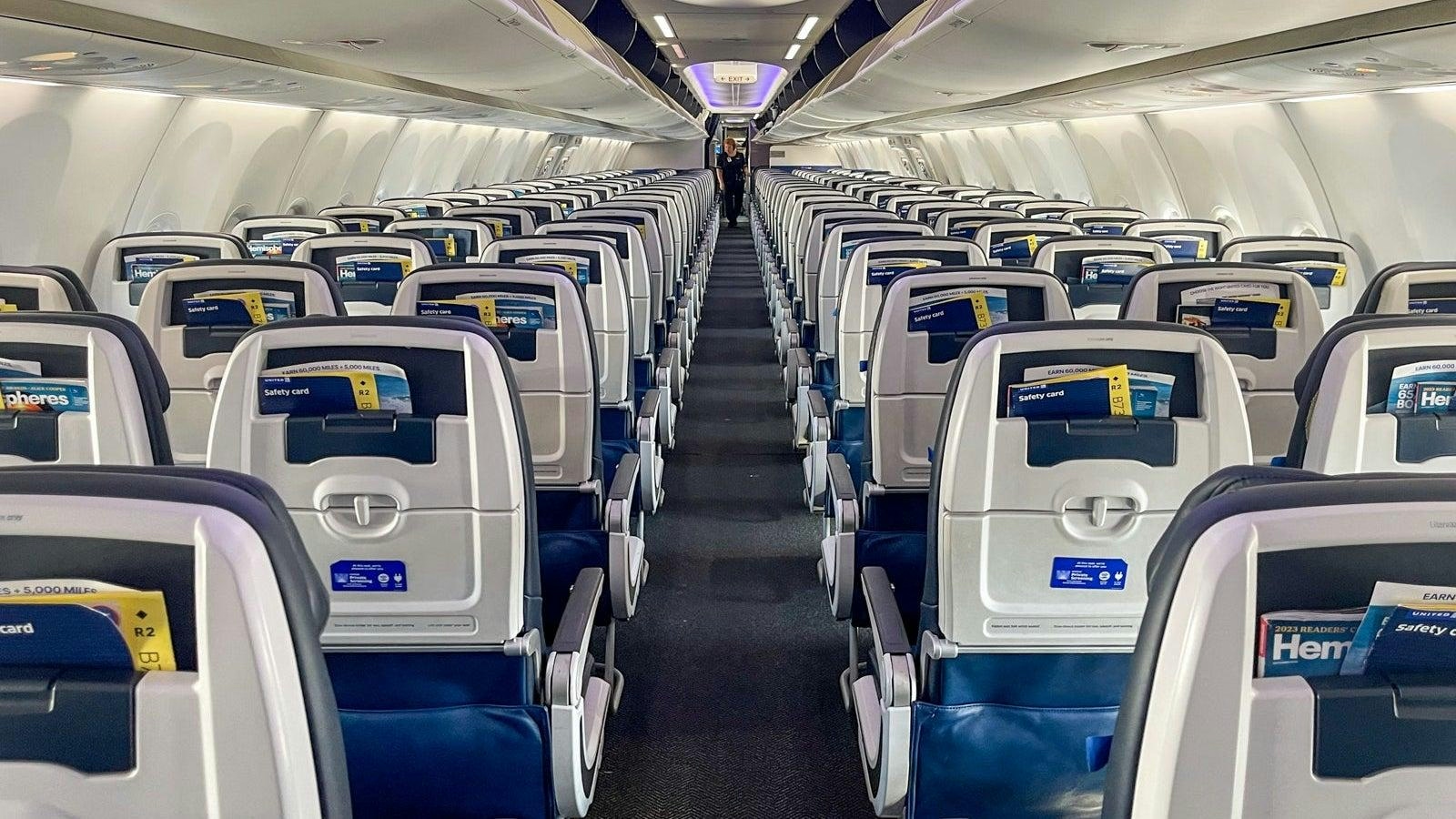
AeroGenie — Seu copiloto inteligente.
Tendências
Categories
Private Aviation Emerging as a New Indicator of Wealth

Private Aviation Emerges as a New Indicator of Global Wealth
In the aftermath of the pandemic, private aviation has swiftly established itself as a significant barometer of global wealth and a burgeoning arena for investment. The sector’s rapid growth is driven by a combination of economic resilience, evolving consumer preferences, and geopolitical uncertainties. This shift reflects a broader transformation in how high-net-worth individuals (HNWIs) and institutional investors allocate capital. With the global private jet market projected to approach $40 billion by 2025, its development offers valuable insights into the convergence of luxury, aerospace innovation, and strategic asset management.
Industry Resilience Amid Global Transformations
The private aviation sector has demonstrated remarkable resilience, outpacing many traditional luxury markets in its post-pandemic recovery. Industry data from WingX forecasts an increase in market value from $25.87 billion in 2021 to $39.84 billion by 2025, supported by a 12% annual growth in new business jet deliveries and strong demand for fractional ownership models. Several factors underpin this expansion.
Geopolitical uncertainty and a growing premium on privacy have heightened the appeal of private aviation as a safeguard against disruptions in public infrastructure. For example, the 2024 re-election of Donald Trump corresponded with a notable 35-point rise in market confidence indices, reflecting optimism about U.S. economic policies and their global wealth implications. Demographic changes are also reshaping the market; fractional ownership, promoted by companies such as Flexjet, is attracting a younger, more technologically adept clientele. The average age of customers in this segment has decreased by a decade, indicating a generational shift toward flexible, shared-ownership arrangements. Furthermore, emerging markets, particularly in the Asia-Pacific region, are becoming pivotal growth drivers. Nations like India and China, with rapidly expanding billionaire populations, are expected to account for 25% of global business jet deliveries by 2030, according to Honeywell.
Investment Landscape and Market Dynamics
Beyond new jet deliveries, the private aviation value chain offers diverse investment opportunities. Fractional ownership and jet card programs have shown greater resilience compared to on-demand charters. Flexjet, for instance, reported an 11% year-to-date sales increase in 2025 and recently secured $800 million in equity financing to support its expansion. The backlog for mid-size and super-midsize jets in this segment indicates sustained demand, prompting competitors to enlarge their fleets and invest in supporting infrastructure.
Maintenance, repair, and overhaul (MRO) services represent another critical area, though capacity constraints persist due to skilled labor shortages and supply chain challenges. Leading manufacturers such as Gulfstream and Bombardier are leveraging artificial intelligence-driven predictive maintenance technologies to meet rising service demands and improve operational efficiency.
Sustainability is increasingly influencing industry innovation. The drive toward carbon-neutral travel is reshaping operational priorities, with European operators at the forefront of adopting sustainable aviation fuels (SAFs). Companies like Embraer are making significant investments in this area. However, SAFs currently cost three to five times more than conventional jet fuel, underscoring the importance of advancing cost-effective production methods and hybrid-electric propulsion technologies as focal points for future investment.
Challenges and Future Outlook
Despite its robust expansion, private aviation faces several challenges, including heightened regulatory scrutiny, concerns over market saturation, and environmental pressures. Competition among providers is intensifying as major players strive to scale operations and infrastructure. The sector’s growth remains closely linked to global economic conditions and evolving patterns of wealth migration, with countries vying to attract affluent individuals.
As private aviation solidifies its role as a new indicator of wealth, its trajectory will be shaped by ongoing innovation, regulatory developments, and the global movement of capital. Navigating these complexities will be essential for investors and industry leaders seeking to fully realize the sector’s potential.

Comparing the Fuselage Lengths of the Airbus A350-1000 and Boeing 787-10

Thailand Establishes U-Tapao Aircraft MRO Center Contract for January 2026

United Airlines Announces Routes for New Premium Boeing 787s

Boeing Introduces Remote Co-Pilot Technology

The Airbus A350-1000’s Fuel Efficiency Advantage Explained

McNally Capital Expands Aviation Operations to Support Global Tourism

Two Young Climbers Begin Winter Ascent of McKinley

Elroy Air’s Autonomous Chaparral Delivers Lunch on A-to-B Flight

Texarkana College Holds First Graduation for Aviation Maintenance Technician Program
